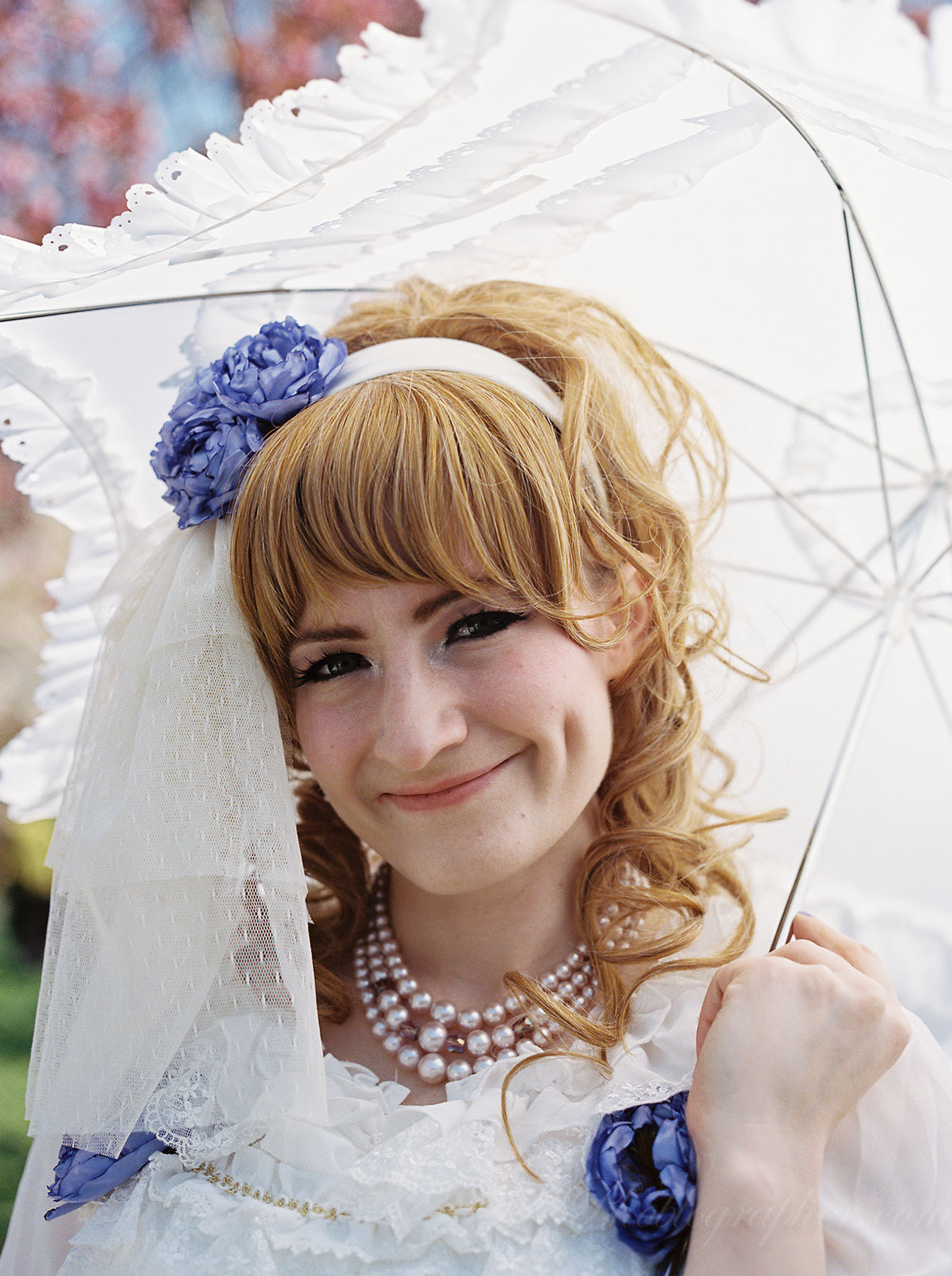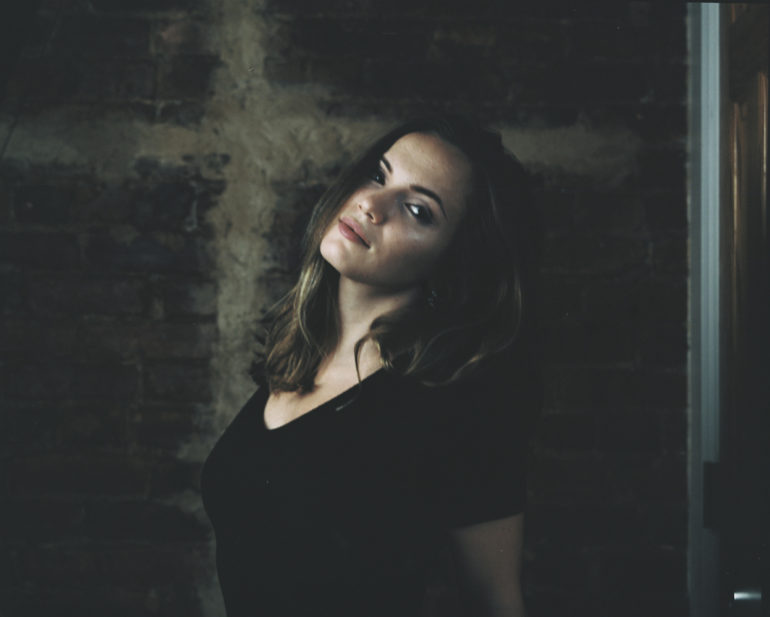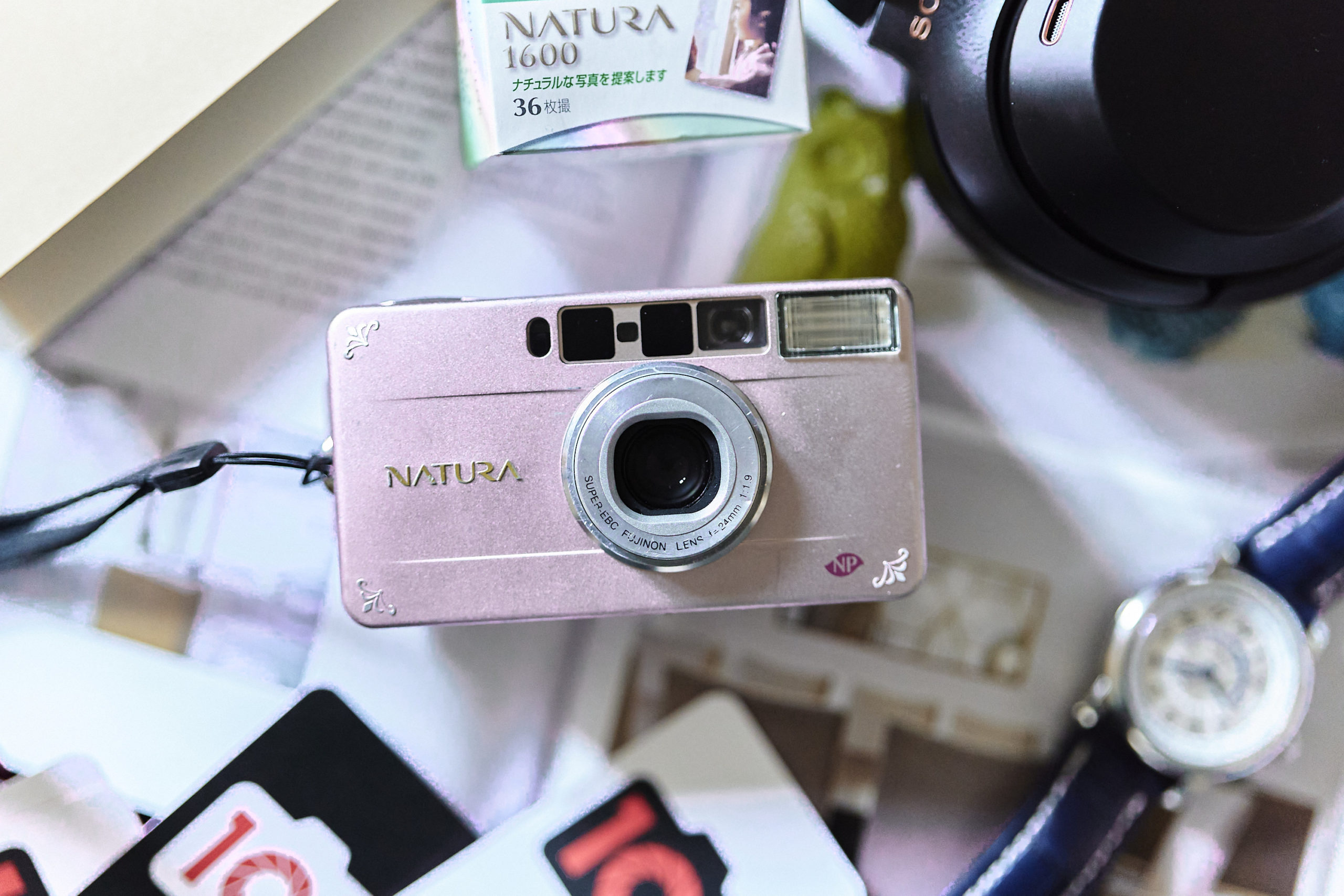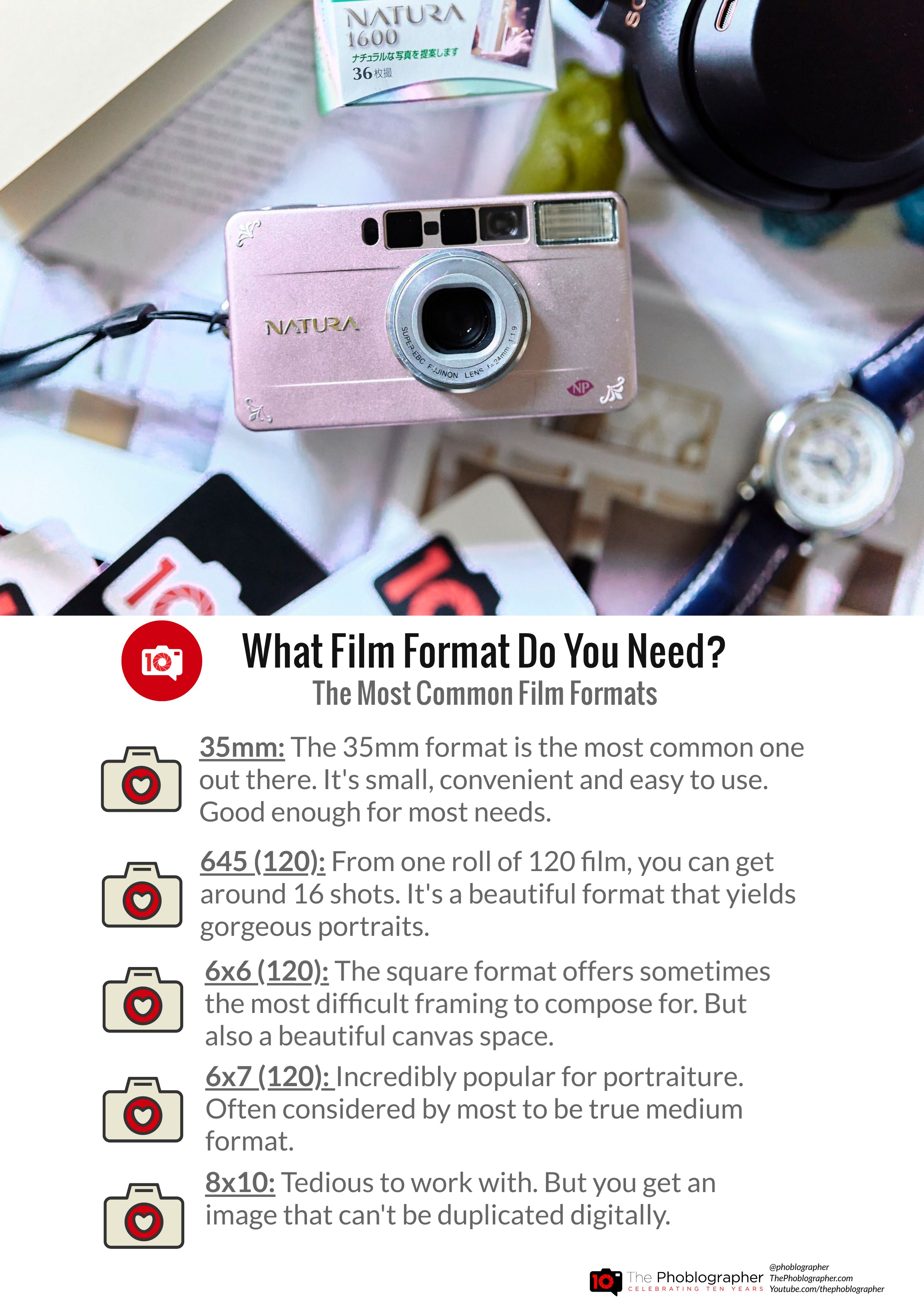Interested in getting into analog photography, but not sure which film format to use? Our latest infographic has you covered.
Although digital dominates much of the photography market today, analog photography continues to be alive and well. In fact, interest in film photography has been steadily increasing in recent years. So much so that film manufacturers are actively developing and releasing new film emulsions to satisfy the growing demand. For the uninitiated, the film formats available on the market may have you scratching your head in confusion. If you’re just getting started with film photography, our latest original infographic covers some of the most common film formats you can find today. Be sure to familiarize yourself with the various formats outlined below if you’re planning to start shooting film.
35mm
35mm film is the most widely available film format. It also sometimes goes by 135 film, miniature format, or small format. 35mm film has an aspect ratio of 3:2. It is available in enclosed rolls that make loading film in broad daylight possible. Each roll of 35mm film comes packaged in individually light-sealed plastic or metal cassettes. Even though much of the industry has transitioned to digital, 35mm’s legacy continues to this day. Most Full Frame sensors in modern digital cameras share roughly the same dimensions as 35mm film. Camera and lens manufacturers also reference focal length and angle of view against those used for 35mm as the standard.
645 (120 film format)

645, sometimes referred to as 6 × 4.5, is one of the available frame sizes when shooting with 120 medium format film. The 645 format has an aspect ratio of 1.35:1. Each roll of 120 film will yield up to 16 exposures, and unlike 35mm film which comes in individually enclosed cassettes, 120 film comes wrapped around (typically plastic) spools. It’s a popular format amongst medium format portrait shooters.
This is the smallest of the medium format film formats. It’s fantastic for beginners and anyone who wants a look that’s close to digital. But the better looks come from better and bigger film formats.
6 × 6 (120 film format)

6 × 6 is another frame size available when shooting with 120 medium format film. It has an aspect ratio of 1:1, giving you a square image. Each roll of 120 film will yield 12 or 13 exposures when shooting in the 6 × 6 format. Although some photographers find the square format challenging to compose for, it can produce some unique results when used properly.
6 × 7 (120 film format)

6 × 7 is yet another frame size available when shooting with 120 medium format film. It has an aspect ratio of 1.2:1. Each roll of 120 film will yield 10 exposures when shooting in the 6 × 7 format. It’s another popular format amongst medium format portrait photographers. It is widely considered to be “true” or “ideal” medium format thanks to 6 × 7’s ability to enlarge almost perfectly onto 8 × 10 photo paper.
8 × 10
8 × 10 is one of the commonly used large formats, offering much greater resolution than both 35mm and 120 film formats. Sheet films or film magazines are typically used. Shooting 8 × 10 film can be a slow and tedious process, involving the use of large and cumbersome view cameras mounted on tripods. The resulting images are very unique and nearly impossible to duplicate digitally. They are truly labors of love.



